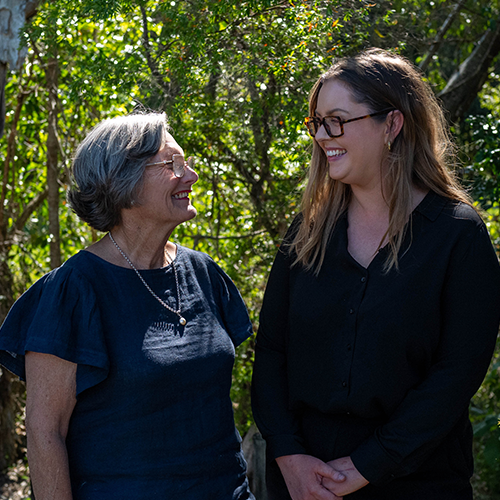What is silica dust?
Silica dust is created when a material containing crystalline silica is cut, drilled or ground. The dust particles are small and difficult to see.
Silica is found in common materials like natural stone, sand, concrete and mortar. These materials are used to make composite or engineered stone for benchtops, and can also be found in tiles, bricks and some plastics.
What is silicosis?
Breathing in silica dust particles can cause diseases such as silicosis. Silicosis is a debilitating and incurable lung disease. It causes scarring of the lungs and advanced symptoms include chronic and severe breathlessness, chronic immobility, oxygen dependence and organ failure.
What other diseases can exposure to silica dust cause?
Silica dust can cause many different serious illnesses, such as:
- lung cancer
- emphysema
- chronic bronchitis
- asthma
- auto-immune diseases like rheumatoid arthritis and scleroderma
Unlike asbestos exposure and related diseases which can take decades to show symptoms, silicosis can develop as soon as one year after exposure, but typically the disease is diagnosed around 10 years later.
Time limits for making a silicosis claim vary from state to state, so it's best to seek legal advice to determine if you are elible to make a compensation claim.
Where can you be exposed to silica dust?
Exposure to silica dust occurs most often in workplaces, including:
- Stonemasonry
- Mining
- Excavation
- Construction and demolition
- Quarrying
- Tunnelling
- Abrasive blasting
- Brick, concrete or stone cutting
Who can make a silica dust claim for compensation?
If you've been exposed to silica dust and suffer from silicosis or a silica-related disease, you may be eligible for compensation. This compensation can help relieve the financial burden and help with expenses for medical treatment and therapies.
The process for making a claim for compensation differ between states and time periods of exposure. A silicosis lawyer can help you understand what options are available to you and to claim compensation. Speak to a silicosis lawyer today.
Register your silica dust exposure
It’s a good idea to document any dust exposure in case you develop a lung or other related disease later in life. We have created the free National Dust Register to provide an easy way to do this.
Recording the details of your silica dust exposure, regardless of how recent or long ago it was, can help any future claims for compensation you may need to make. It's free to register, and obligation-free as well.
More frequently asked questions about silicosis claims
If your employer has failed to provide safe working conditions or has failed to follow regulations that prevent silica related lung diseases, they may be liable for silicosis damages. In these cases, you may be eligible to claim for silicosis compensation through a workers' compensation scheme such as WorkCover, or from a superannuation or insurance policy.
What silicosis claim you may be able to make will depend on what state or territory you live in, and the circumstances of your silica dust exposure. Our team of expert silicosis lawyers will be able to help you understand what options are available to you.
Speaking to an expert silicosis lawyer is the first step to getting your claim started. Your lawyer will be able to advise you on the documentation you will need to prepare your claim, which may include:
- Records of employment
- medical records of diagnosis
- scans and other test results
If your silicosis claim is successful, you may be entitled to compensation for:
- pain and reduction in life expectancy
- loss of earnings
- loss of amenity
- medical expenses
- other costs related to your silicosis
- in some cases, punitive damages
Our silicosis lawyers have helped thousands of people successfully claim compensation. As a national firm, we have offices across Australia and can provide legal advice to help you get the best outcome.
We recognise that every moment is precious for someone who suffers from a silica dust disease. We partner with associated organisations and can refer you for additional support services.
We offer 'no win, no fee' arrangements for these cases, and if you choose not to proceed with your claim, your first consultation is free. Speak to a silicosis lawyer today.
Speak to a dust disease lawyer
Our team of experienced dust disease lawyers are here to help you understand your legal options and to ensure you get the compensation you're entitled to.
Related pages
No win, no fee* silicosis claims
Our 'no win, no fee*' policy means that if we don't win, you don't have to pay our legal fees.
We're here to help when you need us most.
Call us on 1800 991 692, or leave us a message below to request a call back and one of our team will be in touch as soon as we can.

/Client_Testimonial_60x60px_border_suzanne_V2.png)

/tsanz-thumb.png)
/jeffs story thumb.jpg)
/block-blog-tuhmb.jpg)